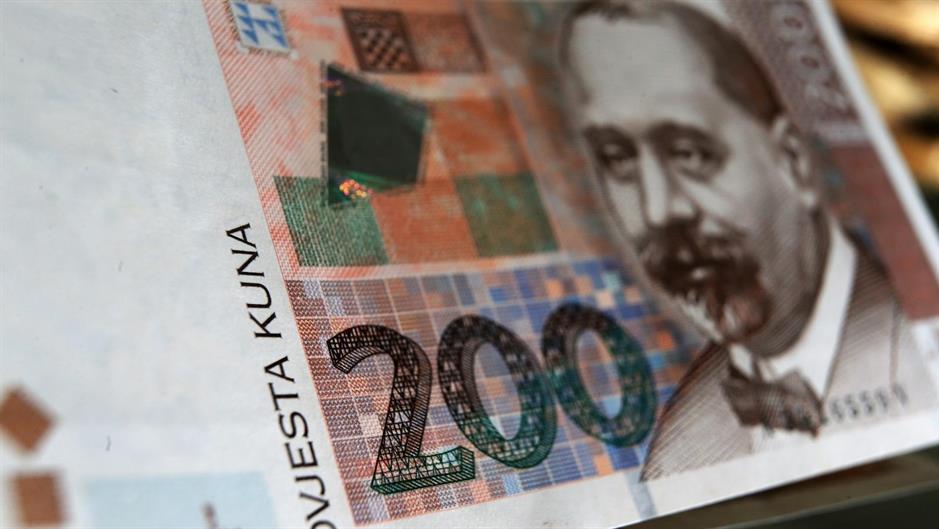
Croatia's gross external debt reached €39.3 billion at the end of March 2019, which is €468 million or 1.2 percent more that at the end of 2018, while its share in Gross Domestic Product remained at 75.4 percent, analysts at Raiffeisenbank Austria (RBA) said in a report on Friday citing Croatian National Bank (HNB) data.
Compared with March 2018, external debt was lower by €1.3 billion or 3.2 percent, while its share in GDP decreased by seven percentage points.
Noting that external debt had been decreasing since late 2015, RBA said that the greatest contribution to the reduction of external debt came from a decline in public sector external borrowing. At the end of March, the external debt of the general government sector was €13.5 billion, down by €692 million or 4.9 percent from March 2018.
The continuation of favourable fiscal developments resulted in a decrease in general government external debt and a relatively greater government focus on financing on the domestic market, RBA said.
The annual decline in external debt was also due to continued deleveraging of other domestic sectors, whose gross external debt dropped by 2.2 percent to €13 billion. On the other hand, the gross external debt of the financial sector increased by 8.8 percent to €4.4 billion.
The rise in banking sector borrowing is the result of growing demand for credit, especially for general-purpose cash loans and housing loans.
RBA expects the external debt to GDP ratio to continue to fall this year thanks to favourable economic developments, further deleveraging and favourable borrowing terms on international markets. A recent confirmation of an investment-grade rating for Croatia also goes in favour of improving financing terms.
Kakvo je tvoje mišljenje o ovome?
Pridruži se raspravi ili pročitaj komentare



 Srbija
Srbija
 Bosna i Hercegovina
Bosna i Hercegovina
 Slovenija
Slovenija







